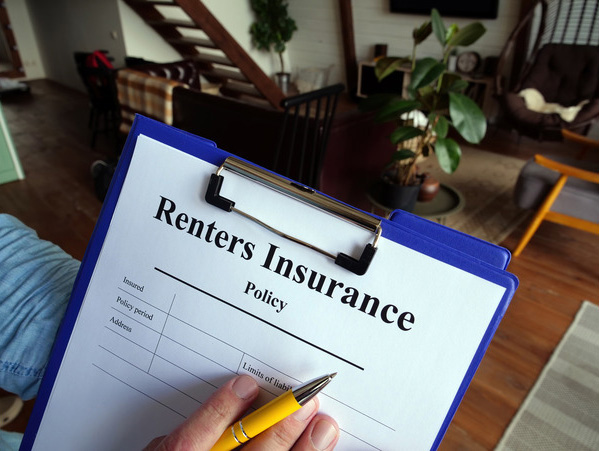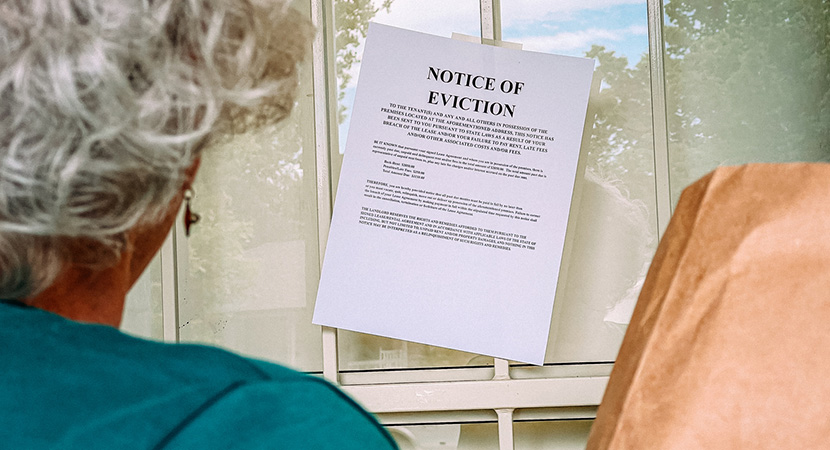Considering liability insurance is required by the terms of a lease, it may not be immediately clear how an uninsured renter can legally sign a lease. However, a recent LeaseTrack survey found that 31% of all residents living in institutionally managed properties will soon be uninsured*. The reasons for a renter becoming uninsured can vary. So, it’s important to understand the possible causes so you can proactively prevent your property from suffering losses. To help you protect your portfolio, we’ll cover some of the top reasons renters become uninsured, how to estimate the number of uninsured renters at your property, and steps you can take to mitigate these circumstances.
What Causes Uninsured Renters?
Canceled policies and incorrect or fraudulent policy data account for two of the top causes of uninsured renters. Policy cancellations can happen unintentionally through unpaid premiums or non-renewal of the policy, causing it to expire. Beyond that, intentional cancellations shortly after signing the lease are common—of 100,000 policies sampled by LeaseTrack in 2018, 19.5% were canceled by residents within 180 days of issuance.
The other leading cause of uninsured renters—incorrect or fraudulent policy data—typically comes from submitting ineligible documents as proof of insurance. These documents include fillable PDFs, quotes, and insurance applications. As a result, 3% of all documents submitted for renters insurance policies are fraudulent.
Although some of these documents are outright rejected by leasing agents and property managers, some still manage to get approved. This is because some leasing agents and property managers don’t have proper insurance training. Therefore, it can be difficult to know when a certificate of insurance is fraudulent. As a result, 8.5% of all policy data entered by leasing agents is faulty due to inaccurate or fraudulent data. Inaccurate or fraudulent data includes invalid carrier information, and incorrect policy effective and expiration dates, and policy numbers. While this may seem like a benign oversight in the short term, approval of a fraudulent certificate can be very costly in the event of a loss and impact a portfolio for five years or more.
Calculate the Number of Uninsured Renters
Now that we understand how renters become uninsured, we can use these data points to determine the probable number of renters at your property who fall into this category. Once you understand what’s happening at the tenant level, you can move forward with a process that incentivizes renters to remain insured.
- To determine how many tenants have canceled policies, multiply the total number of tenants by 19.5%.
- To determine how many tenants’ policies are affected by bad data, multiply the total number of tenants by 8.5%.
- To determine how many tenants’ policies are affected by fraudulent data, multiply the total number of tenants by 3%.
Once you’ve calculated these figures, add them together to estimate how many of your renters are uninsured.
Mitigating the Number of Uninsured Renters
There are several ways to ensure your residents remain insured and fully compliant with the terms of their leases. One way to do this is by establishing a compliance fee for uninsured renters. This helps you two-fold; your residents have an incentive to remain insured to avoid paying the fee, and those who do not comply enable you to open an additional revenue stream to help recover fund losses caused by uninsured tenants. While this can be a helpful aid in lowering the number of uninsured renters, a few obstacles remain:
- This likely will not lead to 100% compliance, as some renters will risk paying the fee
- The total amount of fees collected is not likely to cover particularly expensive damages
- Manually tracking whether your renters are insured takes a lot of time, putting stress on your team
Beyond establishing a compliance fee process, here are a few more things you can do to ensure full compliance:
- Follow up on non-payments and insurance policy cancellations as quickly as possible
- Communicate swiftly and transparently with the tenant’s insurance company
- Work with your soon-to-be-uninsured renters in a positive way
Lastly, consider investing in an insurance policy tracking Rent Manager integration like LeaseTrack. With this integration, residents can upload proof of their existing coverage and LeaseTrack will monitor the policies on your behalf. If a renter provides fraudulent documentation or doesn’t submit any documentation, they are automatically enrolled in a master policy program. Therefore, LeaseTrack is the renters insurance solution that allows you to automate the tracking process, create an additional revenue stream, and ensure your property achieves complete insurance compliance.
Conclusion
When it comes to protecting the profitability of your portfolio, uninsured renters are a top concern. Tenant-caused property damage can lead to claims that affect your portfolio for years to come. As noted earlier, there are several steps you can take to preemptively mitigate uninsured renters.
The best plan of action is to implement a program that works in concert with your Rent Manager property management software system to bring your portfolio up to full compliance with 100% transparency.
About LeaseTrack
LeaseTrack, Rent Manager’s built-in renters insurance partner, aims to provide residents with an easy and affordable liability insurance option. If tenants choose not to purchase their own policy, they are automatically enrolled in a master policy program that satisfies their lease requirements.
*Methodology: This LeaseTrack study presents the findings of a survey conducted among a sample of 100,000 units nationwide, and policies in effect from January 1, 2018 to July 1, 2018.






